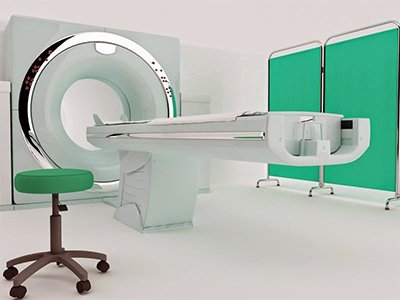Medical circuit
With the continuous exploration of better diagnostics and medical methods, the US medical market has a growing chart. This is because many new innovations in medical equipment and equipment use the most advanced technology. The application of biotechnology, stent technology, microelectronics, and robotics technology provides far-reaching solutions for the world to provide medical care and advanced treatment methods. One of the most important components in the manufacture of medical devices is the printed circuit board. The sustainability challenges faced by medical OEMs and medical device manufacturers are not limited to technology, but also require a commitment to reliable PCB production, functional excellence, and compliance with strict medical standards. With this, accurate PCB prototyping, PCB layout,PCB assembly and the quality of all materials are the primary issues required by medical engineering. This article provides a clear description of the application of medical PCB and PCB testing methods and the technology used in the PCB manufacturing process.

In recent years, people attach great importance to PCB assembly and manufacturing processes. For every medical project, PCB manufacturing requires high-end customization. Whether it is high-, medium-, or low-volume PCB production,PCB assemblers must continue to develop in chemical and electroplating processes, pressing, wiring and drilling processes under high temperature/vacuum in order to obtain high yields in mass production. In addition, the medical market points to fierce competition on how to make devices compact, multifunctional, user-friendly and cost-effective.
With this, printed circuit boards have a wide range of applications in medical electronic instruments, heaters and medical sensors, and they are highly used in operating rooms, hospitals, clinics and other medical institutions. These include cardiac pacemakers, dental anesthesia delivery systems, modulation devices, endoscopic leak detection systems, defibrillators, electric tooth whitening systems, hearing aids, hyperthermia systems, and more. Rigid/flexible circuit boards with magnetic flux telemetry communication are highly used to manufacture medical devices such as cardiac devices, pacemakers and ICDs. Multi-layer flexible PCB has a very high application in neural simulation implants, which requires large-scale miniaturization. For hearing aids and infusion pumps, a rigid/flexible PCB is more preferred because it has a flexible coil that facilitates the communication mechanism. In order to obtain a durable and safe electronic solution for Vivo and Vitro diagnostic applications, the customized PCB has a proven design to meet the unique specifications of the customer.
Flexible circuit boards have very high applications in floor-standing analyzers and wire-wound resistance thermometers. These types of PCBs have light and thin etched foils to maintain a constant temperature. Neurological probes require flexible PCBs to make devices that can help avoid nerve damage during prostate surgery. Other surgical equipment includes surgical drills integrated for orthopedic surgery, motor controllers for dental surgery, RTD temperature sensors, surface-mounted LEDs and control switches, heaters used in IV fluid delivery systems, and medical scanning Instrument, factory-installed polyimide heater, etc.
High-frequency and high-density interconnections in PCBs have become the main commitments PCB assemblers provide to the medical industry. Some devices are produced in small batches, but different PCBs are installed in them. These devices include X-ray systems, MRI and CT scanning systems. Machines used for medical treatment of cardiac arrest, depression and epilepsy require digital/analog PCB assembly. To improve people's operation rate and quality of life, high-durability PCBs have become the main focus. In addition, medical device manufacturers have felt the attractiveness of active implants grow.
On the other hand, by keeping the needs of medical customers at the core, the problem of increasing investment in innovative technologies has been solved. For the medical market, recent enhancements are reflected in surface mount technology (SMT), through-hole technology (THT), clean flux welding, conduit technology,HDI micro-via technology, conformal coating, kanban and test technology. These technologies are implemented by PCB manufacturers to provide unparalleled PCB layout and prototyping services. To this end, they need to provide PCBs of various types, shapes, sizes, functions, and materials. Some of them are single-sided PCBs, double-sided PCBs with/without plated through holes, HDI and super HDI circuit boards, multilayer PCBs, rigid/flex PCBs and semi-flex PCBs.
Since the medical market needs to comply with high-quality standards, research and development should also be paid attention to in testing methods to maintain the durability, strength and toughness of future PCB prototypes and assembly processes. Nowadays, with the continuous enhancement of electrical testing methods, ion pollution testing, pressure testing and temperature cycling testing, automatic optical testing, functional testing, flying probe testing and ICT testing have been highly implemented. In addition to innovations in testing methods, research is going global to eradicate dangerous viruses, one of which is Ebolla virus. Therefore, the medical industry leads the world's dominant market, and there will be fruitful growth every other day.